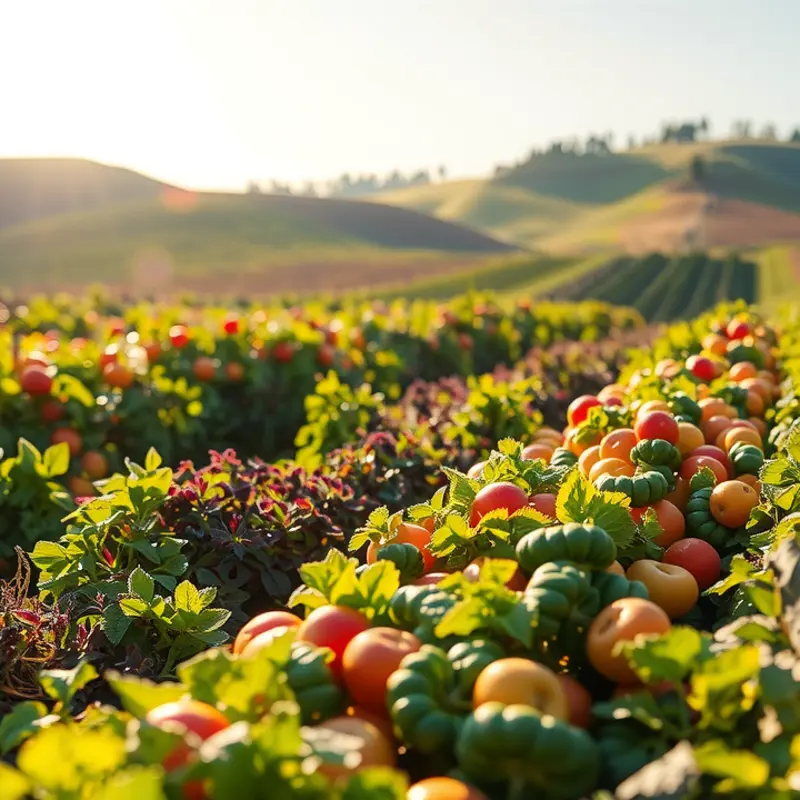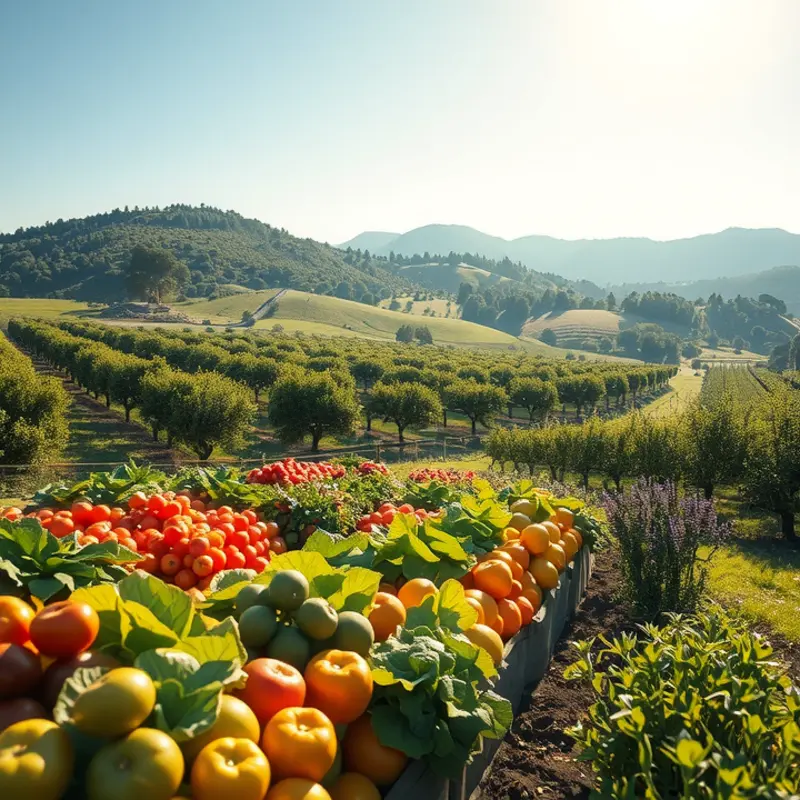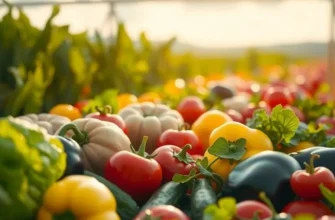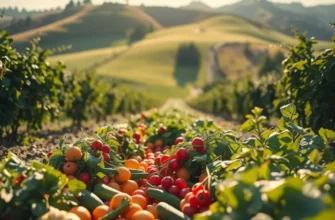Discover the elegant technique of poaching fruit, an ancient method that transforms natural sweetness into delightful treats with minimal effort. Ideal for home cooks of every skill level, poaching fruit requires just a few key ingredients and some patience. By mastering this technique, you’ll unlock a world of flavors and textures – perfect for desserts, breakfast toppings, or even savory dishes. Let’s dive into the essentials of poaching fruit, ensuring you create perfectly tender and delicious results every time.
Essentials of Poaching: Ingredients and Tools

Poaching fruit is a delightful way to bring out the best in seasonal produce. To master this technique, having the right ingredients and tools is essential.
Start by selecting the fruits that excel in poaching. Pears, apples, peaches, and plums are fantastic choices. Their firm texture holds up well during cooking, and their natural flavors are beautifully enhanced by the poaching process. Choosing fruits in season ensures peak freshness and flavor, making your poached fruit extraordinary. Or, if you’d like to explore global varieties, this resource may offer interesting insights into how trade influences the varieties available at different times of the year.
Next, consider your poaching liquid. The most common choice is a simple sugar syrup, which consists of a precise ratio of sugar to water. Typically, a 1:1 ratio works efficiently—using one cup of sugar to one cup of water. This sweet base is perfect for most fruits, but feel free to adjust based on personal preference or dietary considerations. If you’re looking to reduce sugar, you can opt for a lighter syrup or incorporate naturally sweet liquids like apple juice or wine for added depth of flavor.
Beyond water and sugar, enhance your poaching liquid with aromatics and spices. Vanilla pods, cinnamon sticks, star anise, or citrus zests are classic options that add complexity and warmth. These flavors meld beautifully with the fruit, creating a nuanced and sophisticated result.
Equally crucial to the ingredients are the tools you need. A wide, shallow saucepan is ideal for even heat distribution and allowing the fruits to cook uniformly. Ensure you have one that is large enough to accommodate your batch without overcrowding. Also, have a slotted spoon handy to gently turn the fruits and remove them without causing damage.
To monitor your poaching process, a thermometer will be your best ally. Keeping the liquid at a gentle simmer, ideally between 160°F and 180°F, prevents the fruit from disintegrating. The key to successful poaching lies in temperature control, ensuring that the fruits cook through without losing their shape.
Storage is another important consideration, especially if you plan to store poached fruits. Ensuring your kitchen practices are aligned with eco-friendly principles could further enhance your cooking experience. For practical tips, visit our guide on eco-smart kitchen storage.
By gathering these essential ingredients and tools, you’re well on your way to mastering fruit poaching. Not only are you enhancing flavors, but you’re also embracing a method rooted in simplicity, one that highlights the fruit’s natural beauty and taste.
The Poaching Process: Step-by-Step Guide

Poaching fruit may seem simple, but it offers a symphony of flavors when done correctly. Begin with selecting your fruit. Pears, apples, and peaches each bring unique qualities to a poach. Firm fruit ensures it will hold shape while absorbing flavors.
Start by preparing your fruit. Peel and core pears and apples, and halve or segment peaches. To maintain each fruit’s integrity, trim off small blemishes but avoid cutting too deeply.
Next, create your poaching liquid. A basic poaching liquid is composed of water and sweetener, such as sugar or honey, to enhance natural sweetness. To elevate the flavor, include spices like cinnamon or cardamom. Try combining cinnamon with vanilla for a warm undertone, or a dash of cardamom for an exotic twist. Add citrus zest like lemon or orange for brightness. To further explore herbs in cooking, you might find it beneficial to visit this guide to flavor boosters without salt.
Bring your poaching liquid to a simmer in a wide pot. Ensure it is deep enough for the fruit to submerge but not too full, to allow for even heat distribution. Maintain gentle bubbling; a vigorous boil can break down fruit, turning your creation to mush.
Add the fruit gently to avoid splashes. Placing them with care helps maintain their structure and even cooking. Submerge the fruit completely, covering with a parchment lid if necessary to ensure immersion.
Monitor the cooking time meticulously. Pears may take 15-25 minutes, depending on ripeness. Apples require roughly 10-20 minutes, while peaches soften in roughly 5-10 minutes. The key is tender fruit that retains its shape. Overcooked fruit loses both texture and flavor richness.
Verify doneness by piercing with a skewer. It should slide with minimal resistance but not sink effortlessly. Once ready, remove the fruit. Submerge in a bowl of their poaching liquid to prevent oxidization and continue flavor absorption.
For an added visual feast, reduce the poaching liquid by simmering it until slightly thickened. Use this as a sauce drizzle. It embodies the flavors of spice, fruit, and sweetness, offering an alluring sheen.
This process adds sophistication to any dish, a mastery over ingredients that lifts your culinary skills. With practice, poaching becomes more than a technique—it becomes a creative journey through taste and texture.
Final words
Poaching fruit is an enriching culinary skill that not only dazzles the palate but also enhances your cooking repertoire. With the ability to transform simple fruits into elegant desserts or savory accompaniments, you can impress family and friends alike. Remember to play with different fruit varieties and liquids to find combinations that excite your taste buds. The key to successful poaching lies in patience and care, allowing the fruits to absorb the flavors and become tender without losing their shape. So get your pots ready and start poaching; the rewards will be delectable!







